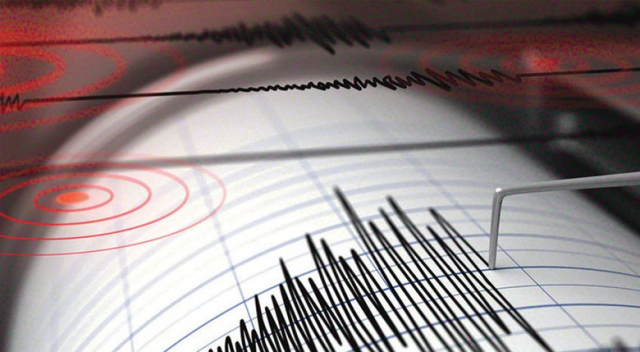Use of Technology in Disaster Relief Operations: How Did We have 2nd prize in Istanbul Earthquake Hackathon?

Unfortunately, through decades Turkey has suffered from some of the worst earthquakes in the world. Istanbul, a metropolitan of more than 15 million population today, was hit severely by an earthquake of 7.6 magnitude in August 1999 leaving more than 17,000 deceased, 45,000 injured and 500,000 people homeless. The night of August 19, is still remembered with full of grief by most of the residents even after 20 years.
Earthquakes might occur again and when it does, we need to be ready. For this purpose, technology is one of our best chances. Especially for communication and coordination in disaster relief operations, technology can play a vital role.
For exploring new ideas on the role of technology in earthquake disaster relief scenarios, Istanbul Municipality(IBB), Turkey Informatics Foundation, Istanbul Technical University Artificial Intelligence Center organized an online hackathon at 28-31 May (Hachathon Link). We joined this Hackathon as a team of 5. The team consisted of Ahmet Baglan and Orcun Gumus from Verikafasi, Miraç Aknar from Arçelik, Halil Emre Akbaş from Bayzat and Övünç Ertuğrul from Esri Turkey and won the second prize. In this blog post, we will explain our solution which eases the coordination between organizations and makes communication possible in the lack of GSM signal.
Let's start with understanding the problem.
A severe earthquake brings chaos to a city. Possibly few communication lines remains when people are afraid and in need of help. Fortunately, societies have developed reactions to save people. Especially NGO's can play an important role in search and rescue operations. For example, the earthquake in Haiti in 2010 produced an enormous global response and over 900 NGOs provided help. However, it is not always easy to create a communication line in between organizations. Every NGO has its own work style and it is so easy to duplicate one another's efforts. Moreover, difference in language is another barrier to efficient communication.
Besides inefficiency in communication between organizations, another major challenge is the communication between earthquake victims and search-rescue teams. Especially possible collapse of GSM/Internet lines enforces emphasis on this point.
So, what is our solution?
In the heart of our idea, there is a shared and continuously synchronized database. This will be a system easily extendable to many NGOs and other organizations. We have developed such a system using Blockchain with Hyperledger understructure. With this technology, it is possible to share any information with all the teams within seconds. For example, assume a scenario where AKUT(Search and Rescue Association) needs some engineering vehicles for its operations and AFAD(Disaster and Emergency Management Presidency) in the field can provide this. AKUT easily points to the location where help is needed on the system and all NGOs and organizations become aware of the need within seconds. When the AFAD answers the call, again all the teams can see that the equipment was provided.
Of course this is only the underlying technology. actually, The teams will only see a user friendly dashboard where they can create and close requests.
Extendibility is the most important advantage of the whole system. It is possible to integrate any kind of applications to this shared database. For a showcase of this, throughout the competition we also have developed a mobile application which can use the shared database. Our application can send locations of earthquake victims in a scenario where GSM lines are not available.
Assume that you are in an emergency situation, your mobile phone is working but there is no line. then You open our application and Request help with one click. Via wifi and bluetooth lines your message which includes your last location is transmitted to the nearest phones. Those will transfer the message to the other phones with their location as well. This information will be shared with this chain reaction untill somebody can reach internet. The last person sends the information to a server which filters messages to avoid any duplication and writes your call to the common database. then this call will be seen by search and rescue organizations.
